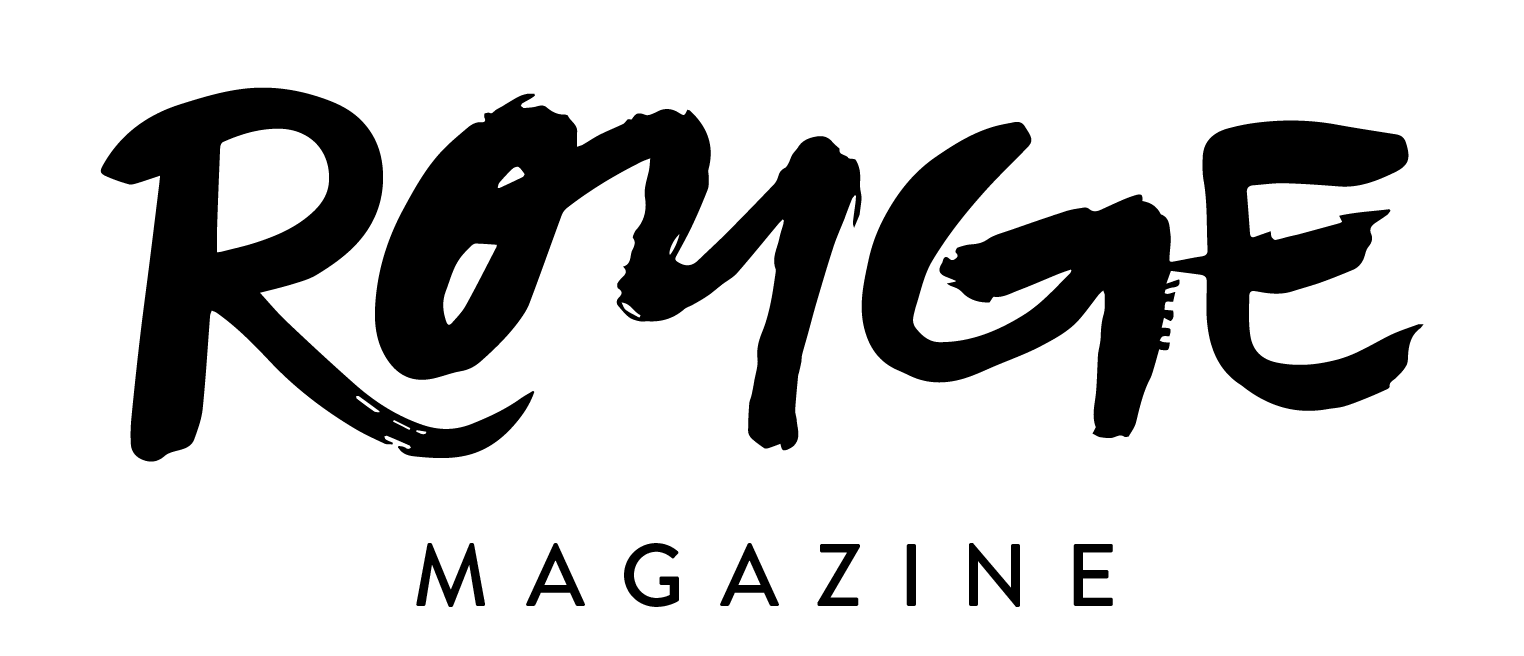Historical Accuracies and Inaccuracies in Bridgerton
When you think of the 1800s, you may think of the fashion. Intricate lace details, pearls, pastel colors, powdered wigs and more make up one of the most fascinating aspects of this time period. The hit Netflix series by the name of Bridgerton portrays a romanticized life of the wealthy in early 1800s London. The show showcases the theme of fashion in such an inducing way that one could consider the dresses and suits as supporting characters; we just couldn’t keep our eyes off of them. But were they historically accurate? Though Bridgerton did depict different classes and social groups, it had a different approach when it came to race, music, and maybe even the costumes we love so dearly.
The Hair
The hair in Bridgerton is described by Marc Pilcher, the show’s artist, as a “modern spin on Regency-era hair.” Many of the looks in the show had very historic elements but with twists from different eras. A few of the looks were inspired by celebrities. Queen Charlotte’s afro wig drew inspiration from Beyoncé, according to Insider, and challenged historical representations of race and textured hair.
Drawing from more modern styles, however, did not make the Bridgerton hair styles any less accurate. Especially the looks displayed on Daphne Bridgerton, as her intricate low buns and braids were popular styles for women in the 1800s. Popular hairpieces of the time that have been historically recorded include pearls, silk, beads, flowers, and head-dresses made with diamonds, according to Regency History. These were always worn with a curled bang in front of a low bun of sorts or a twisted up-do. Hair was rarely ever worn down, which we notice throughout the Netflix series.
The Makeup
According to Smithsonian, makeup was very popular in the early 1800s, but women opted for a more natural look. Most wealthy women would wear as much as foundation, blush, eyeshadow, powder, and tweeze and fill in their eyebrows. Skincare and lip care also became incredibly important during this time period.
Throughout Bridgerton, we see them showcase the natural look frequently, but though their historical accuracy translates well on screen, research by Vogue actually proved that their makeup routine was not incredibly accurate. In the show, they used a foundation on each woman followed by a hefty amount of highlighter or illuminator, according to the makeup artist Claire Matthews, which was not a product from the time period. Though this routine does not reflect the historical records of early 1800s makeup, Matthews did what she needed to do to make the actors’ and actresses’ skin glow on screen.
The Dress
The costumes in Bridgerton may be the most difficult to decide the accuracy of, and costume designer Ellen Mirojnick designed 7,500 pieces! Though they were gorgeous and followed the rules of detailed, lace-up, corset dresses and three-piece suits, historians find an issue in the smaller details. Bridgerton is set in the early 1800s, and according to The Conversation, some pieces were missing from the show such as a chemise, a garment worn to protect women’s skin from the corset. Another garment called a cage crinoline, which didn’t make an appearance until the mid 1800s, was seen in the window of a dress shop during the show.
As for the costumes worn on the show, this was a time period in which women were moving away from the ballgown style and into a more free-flowing, high waisted look, according to GritDaily. This is the style we predominantly saw Daphne Bridgerton wearing, though she still wore a corset and elbow-length gloves to events. The color and detail of the dresses was also historically accurate, as we can see when we compare the dresses worn by younger and older women. The younger women were wearing fresh, current styles while their mothers wore styles that were more popular among their age group, featuring lower waistlines and larger petticoats.
The men in Bridgerton were actually dressed accurately for the time period. They were seen in most scenes wearing three-piece suits featuring a coat, waistcoat, and breeches or pantaloons, tucked into a pair of hessian boots, as the Fashion Institute of New York describes. Men during this period wore a more slim-fitted suit and a cravat on top, which in simple terms refers to the bowtie of the era being a neck dressing with a slim square ruffle made of either muslin or silk. The men in the show were typically always wearing these suits with cravats, and their colors and patterns were never boring.
Conclusion
Though not every detail of Bridgerton is historically accurate, for someone who is not familiar with the Regency-era, this show is a great place to get an idea of what early 1800s style must have been like. The inaccuracies were minute compared to the historical analysis of the accurate details. Though we may not watch Bridgerton to study 1800s fashion, one thing’s for sure: you can appreciate the characters’ hair, makeup, and fashion just as much as the dramatic and romantic twists throughout.
Graphics by: Mary Renfoe





